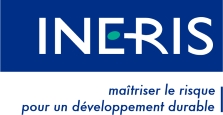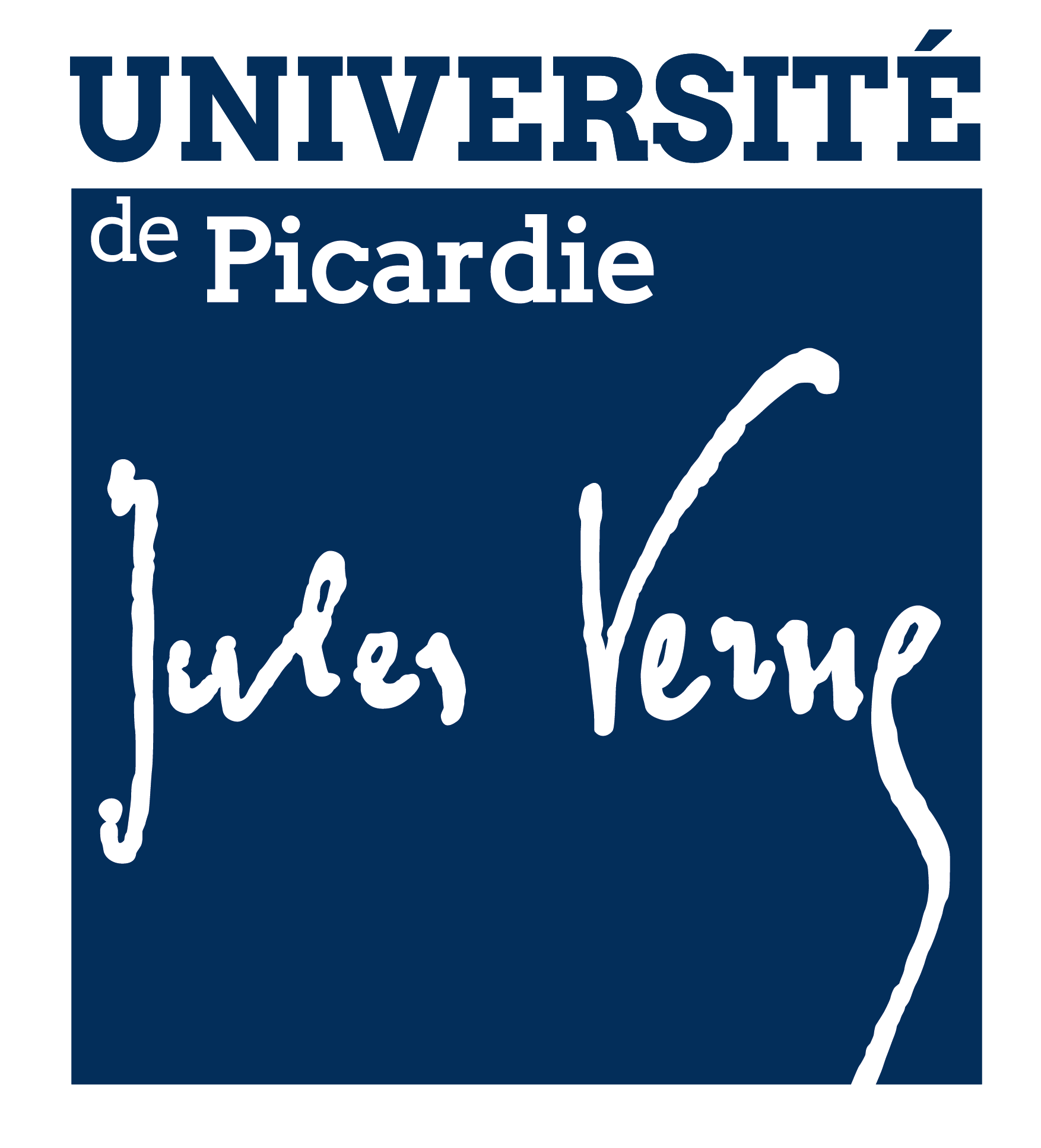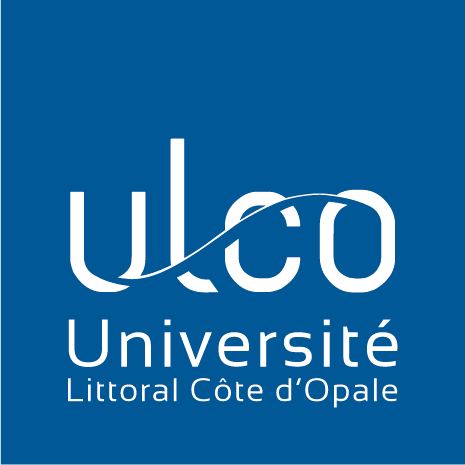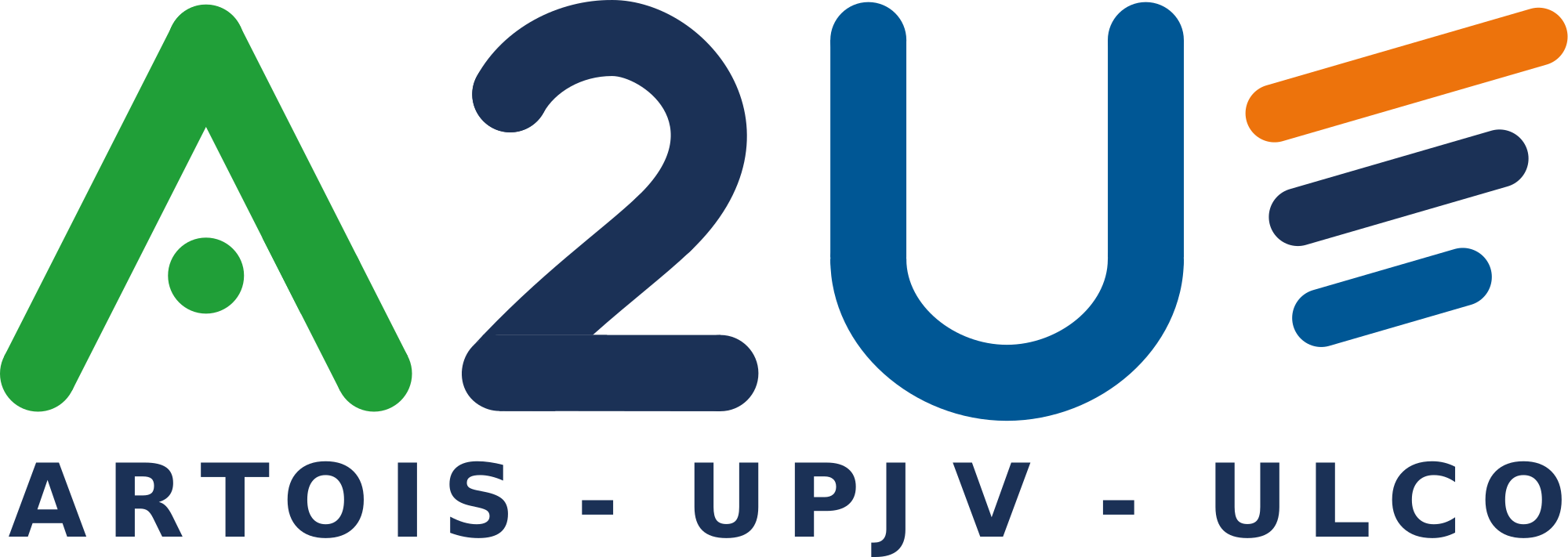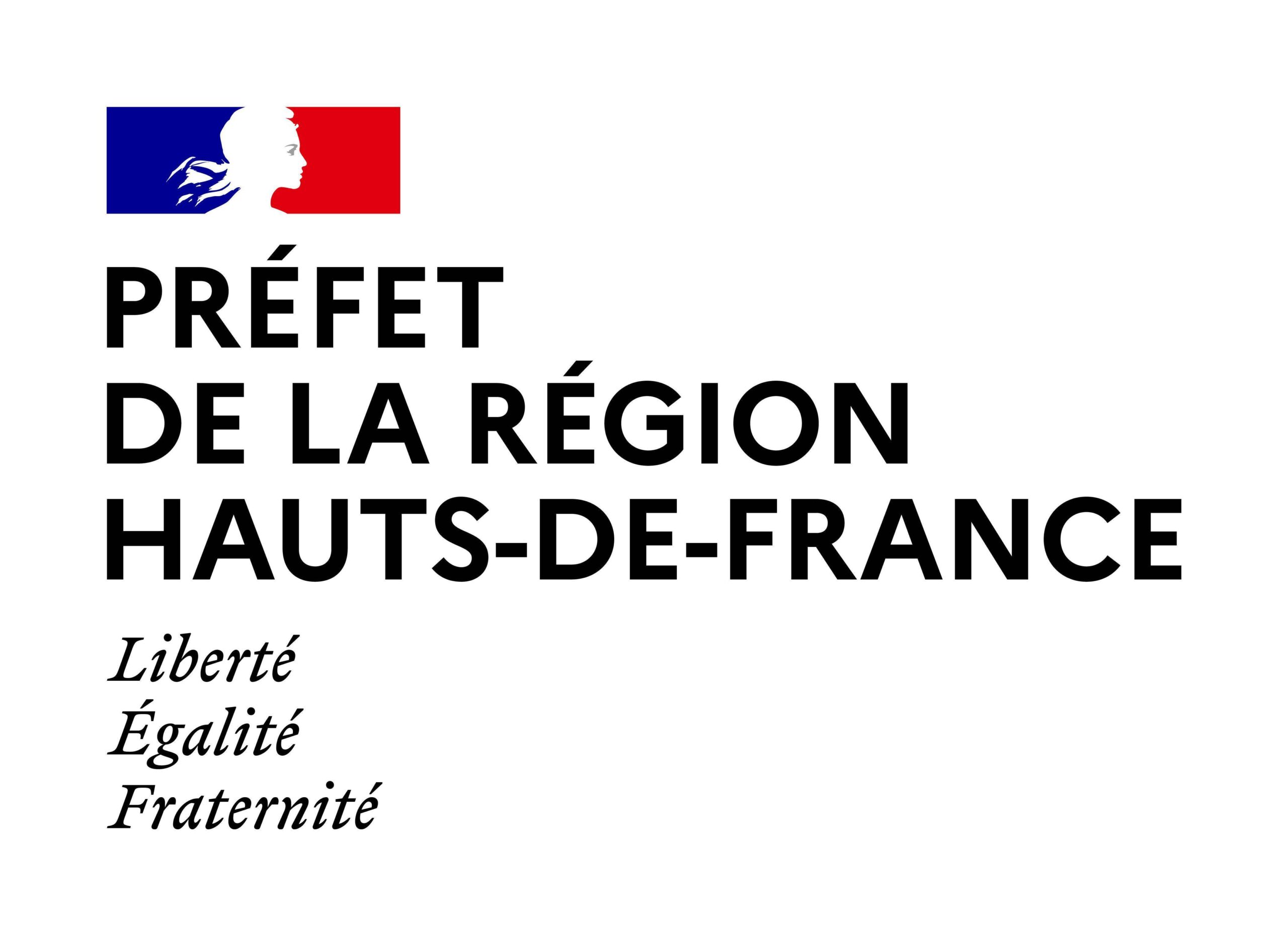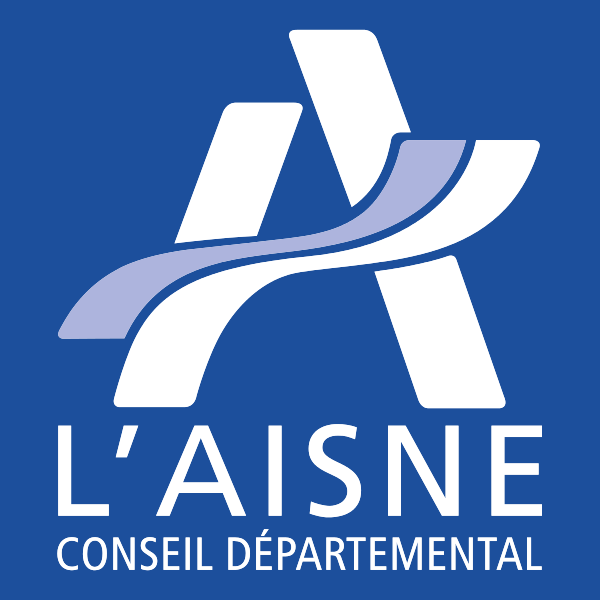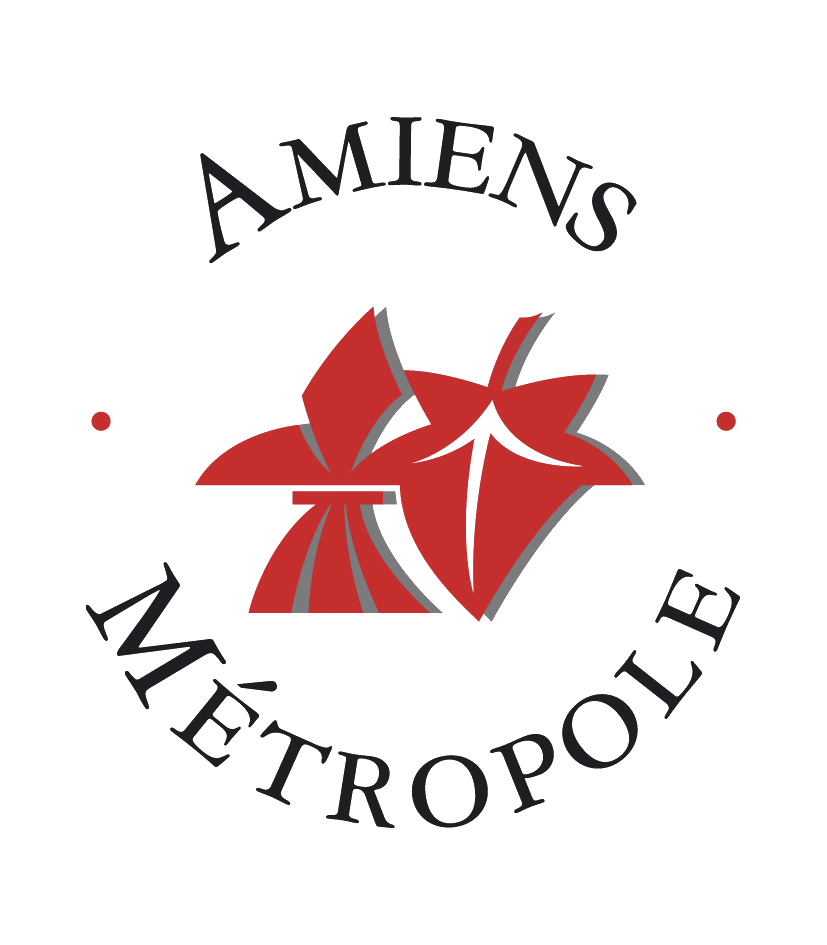Piezoelectric oxides for energy recovery and conversion
The development of connected objects (Internet of Things) will require the development of wireless sensors that will enable smart monitoring applications in the industrial sectors of transport, buildings, health and environment. However, the batteries used to power these sensors limit their lifespan and require intervention to replace them once depleted. The use of piezoelectric micro-generators could make them autonomous. Piezoelectricity enables electricity to be generated by exerting pressure on a piezoelectric material. This property can be exploited in vibratory energy harvesting systems, which generate electricity from ambient vibrations. Among inorganic materials, lead titano-zirconate (PZT) is currently the best-performing piezoelectric material. The growing success of PZT poses health and environmental problems as it contains lead. In 2003, the E.U. passed directives concerning the management of waste electrical and electronic equipment at the end of its life cycle (WEEE) and its restrictions (hazardous substances, RoHS). In this context, we propose to carry out a study on optimizing the properties of thin films based on lead-free piezoelectric materials, dedicated to energy harvesting. The ultimate aim of the project is to develop piezoelectric demonstrators operating as low-power energy converters (energy harvesting) for powering innovative portable applications. The operational objective is to produce vibrating beam devices supporting lead-free films of piezoelectric materials. A study will be carried out to compare the functional properties of films from two families of piezoelectric materials, namely (1-x)Bi0.5Na0.5TiO3 – x BaTiO3 (BNTBT) and BaxCa1-xTiyZr1-yO3 (BCTZ) deposited by sol gel. BCTZ thin films will be deposited by the UDSMM team, while the growth of BNTBT-based films will be coordinated by the LPMC team. A characterization bench for measuring the electrical energy produced by the piezoelectric thin film has been developed by our IEMN-UVHC colleagues taking part in the Stimule-OPPEN regional project.

